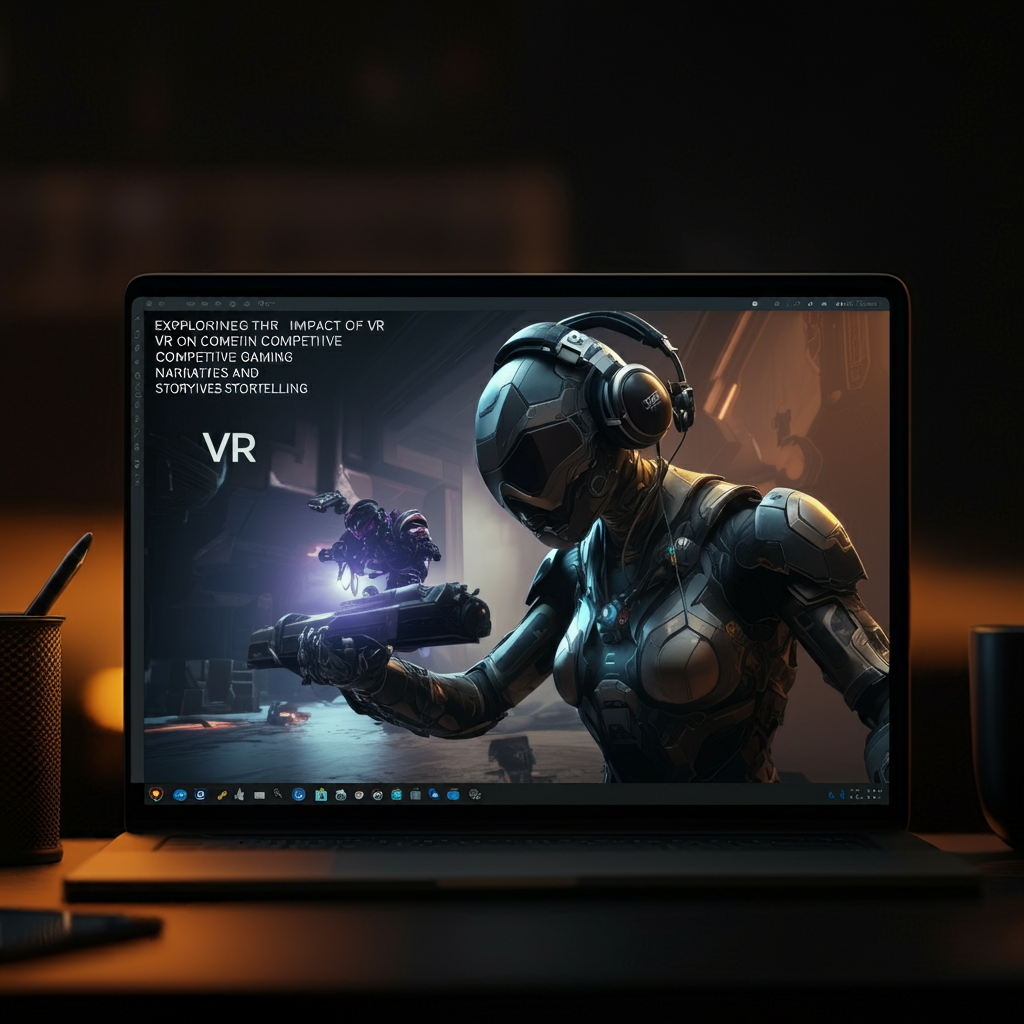Virtual reality (VR) is revolutionizing competitive gaming not just through its immersive gameplay but also by transforming the way narratives and storytelling are approached within the genre. This shift is redefining the player experience and adding new dimensions to competitive games, where storytelling becomes as integral as the gameplay itself.
In traditional competitive gaming, narratives often take a backseat to gameplay mechanics and strategy. Stories are typically conveyed through static elements like cutscenes, dialogue, or background lore, which can sometimes feel disconnected from the action. VR, however, introduces a new level of immersion that allows for more dynamic and interactive storytelling. By placing players directly within the game world, VR enables a deeper and more personal engagement with the narrative. Players can explore environments, interact with characters, and experience events in a more immediate and impactful way, which enhances their connection to the game’s story.
One of the most significant impacts of VR on competitive gaming narratives is the ability to create more engaging and interactive storylines. In a VR environment, players are not just passive observers but active participants in the narrative. This interactivity allows for more complex and branching storylines that can adapt based on player choices and actions. For example, a competitive VR game might feature a storyline that evolves depending on how players perform in matches, creating a dynamic and personalized narrative experience. This level of interactivity helps to maintain player interest and investment in the story, making it an integral part of the competitive experience.
Moreover, VR technology allows for the development of more immersive and emotionally resonant narratives. By using 360-degree visuals and spatial audio, VR can create environments that feel more real and emotionally engaging. This can significantly enhance the storytelling experience, as players are enveloped in the game’s world and can experience its events in a more visceral way. The ability to physically move and interact with the environment adds a new layer of depth to the narrative, making it more compelling and memorable.
Another aspect of VR’s impact on competitive gaming narratives is the opportunity for more innovative and creative storytelling techniques. VR enables developers to experiment with new ways of delivering narrative content, such as using virtual spaces for storytelling, incorporating interactive elements, and creating unique story experiences that are tailored to the VR medium. This opens up new possibilities for narrative design and allows for the creation of stories that are not bound by the constraints of traditional gaming formats.
Furthermore, the integration of storytelling in competitive VR games can enhance the overall player experience and contribute to a more cohesive and engaging competitive environment. A well-crafted narrative can add context and meaning to the competitive aspects of the game, making matches feel more significant and adding depth to the gameplay. This can lead to a more immersive and rewarding experience for players, who are not only competing for victory but also engaging with a rich and compelling story.
In summary, VR is significantly impacting competitive gaming narratives and storytelling by providing new ways to engage players and enhance their connection to the game world. Through interactive and immersive storytelling techniques, VR is transforming how stories are told in competitive games, offering more dynamic and emotionally resonant experiences. As VR technology continues to evolve, it will likely bring even more innovative approaches to narrative design in competitive gaming, further enriching the player experience.

